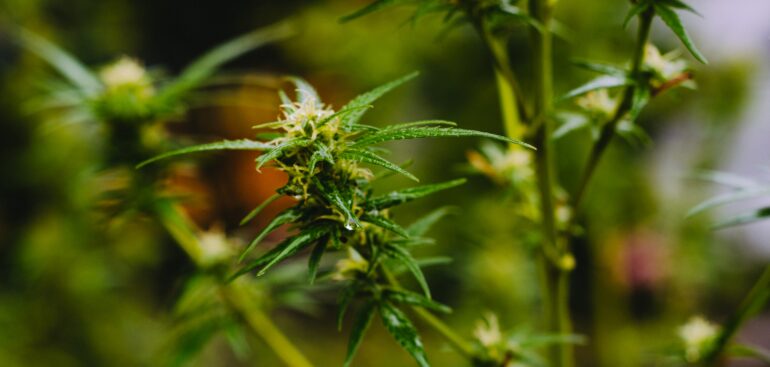Latest
Hemp Post Harvest Processing
Hemp is a new crop in many growing areas, and with so many variables inexperience affecting yields, the range of price trajectory is endless. Producers should know their options and use information from other agricultural markets to make smart decisions to reduce risk. Following other agricultural markets, main harvest should bring a large supply increase to markets, and with the year-over-year increase in planted acres, less developed storage and market options, and demand growth following a somewhat linear path, prices should see downward pressure at harvest.
Farmers have a number of options for post-harvest services:
Storing and Preservation Options:
Drying relatively quickly is imperative to preservation of cannabinoids and prevention of molding and other degradation. General sentiment for shelf life of dried and stored biomass is in the range of six to twelve months, depending on the process. Producers not currently contracted with post-harvest services should know their options and have a few available to mitigate the risk of losses.
On-Site Drying and Drying and Milling Services:
On-site drying is typically the least expensive option for farmers with facilities (barn, shed, outbuildings, warehousing) from a cash outlay perspective. But proper knowledge of best practices for drying is still in early stages. We have heard of a slew of creative drying techniques growers will try this year from air drying in tobacco barns to stacking corrugated cardboard in warehouses.
Because the elevator model of localized drying and storage is not fully developed and has seen relatively small investment compared to extraction, third party drying and milling is not available in all areas. Daily volume throughput on these facilities is higher than extraction on a per facility basis, but with sparsity of available facilities, pricing will be extremely variable. Beyond drying the product, there are choices to be made between hammer-milling, pelletizing, and bailing, which all come with unique advantages and challenges.
Finding Extraction Services
While the extraction distillation spaces have seen the most investment in the CBD production supply chain, most facilities and labs have at least some either internally grown hemp acreage or have local producers contract farming. As such, internal production will take priority for capacity utilization for the immediate months after harvest.
Extracting biomass directly to crude oil is the best option for preserving cannabinoids, particularly those who do not have large storage space available but are able to find climate controlled storage. Extracting to crude oil reduces product volume and increases shelf life significantly over biomass. Discounting the volatility of the market, extracting crude oil on harvest reduces your risk of biomass degrading. But availability of spot contracts for extraction in the months immediately after harvest will likely be difficult to find, as facilities will prioritize their own production and contracted volumes over third-party processing. While crude oil processing was a major bottleneck after the 2018 harvest, it remains to be seen how additional acreage planted in 2019 will offset increased processing capacity that has been built out over the same time period.
Without a centralized and efficient mechanism to find pricing for these services, producers are at a disadvantage for how to minimize the risk of product loss and maximize cash flow. Parties interested in bringing transparency to service offerings, please contact the PanXchange Hemp team for more information.


